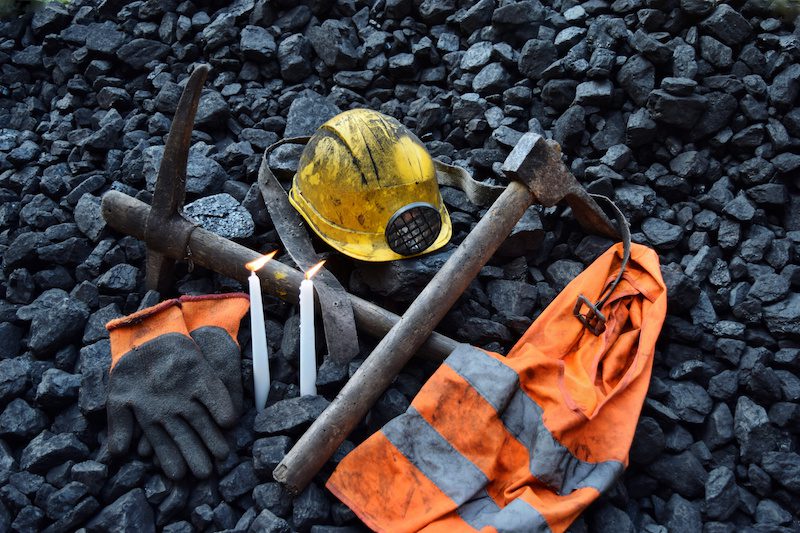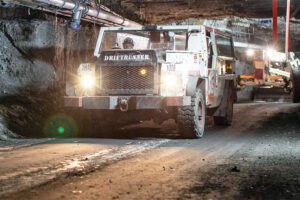In 2020, the U.S. Department of Labor’s Mine Safety and Health Administration (MSHA) reports there were 29 mining fatalities, making it the sixth consecutive year that mining fatalities were below 30. Among those fatalities, five occurred in coal mines, a historic low.
MSHA reports that three deaths occurred in Kentucky and Louisiana; two each in Arizona, California, Georgia, Iowa, Texas and West Virginia; and one each in Colorado, Illinois, Kansas, Michigan, Missouri, Nevada, New Jersey, Ohio, Pennsylvania, South Carolina and Washington.
Fatal mine accident | Battery powered vehicle
Miner dead during crusher move
After a two-year increase in 2017 and 2018 when about half of all deaths resulted from powered haulage accidents, such as vehicle-on-vehicle collisions, failure to use a functioning seat belt, and conveyor belt accidents, MSHA responded with a multifaceted education campaign and initiated rulemaking. By 2020, powered haulage deaths dropped to 21 percent. The Year 2020 also marked the first year in MSHA’s history with no seatbelt-related deaths, and conveyor-related deaths dropped from four in 2017 to one in 2020.
“In 2020 the U.S. Department of Labor’s Mine Safety and Health Administration focused on improving safety in several areas, including falls from height and truck-loading operations,” said Assistant Secretary for Mine Safety and Health David G. Zatezalo. “We also focused on chronic problem areas, such as disproportionate accidents among contractors and inexperienced miners. In 2019, contractor deaths accounted for 41 percent of deaths at mines. In 2020, they were 28 percent.”
As required, MSHA inspected all underground mines at least four times per year and surface mines at least twice per year in 2020, in a year when 15 percent of inspectors self-identified as high-risk for the coronavirus under CDC guidelines. Between March 1, 2020, and Dec. 31, 2020, MSHA issued 195 citations for sanitary conditions that could have contributed to coronavirus.
The mining industry achieved its highest compliance with MSHA’s health standards, which protect the long-term health of miners. The year 2020 saw all-time-low average concentrations of respirable dust and respirable quartz in underground coal mines, as well as exposure to dust and quartz for miners at highest risk of overexposure to respirable dust.
Approximately 230,000 miners work across 11,500 metal/nonmetal mines in the U.S., while 64,000 work in the nation’s 1,000 coal mines.
Read more Mining Safety News














Add Comment